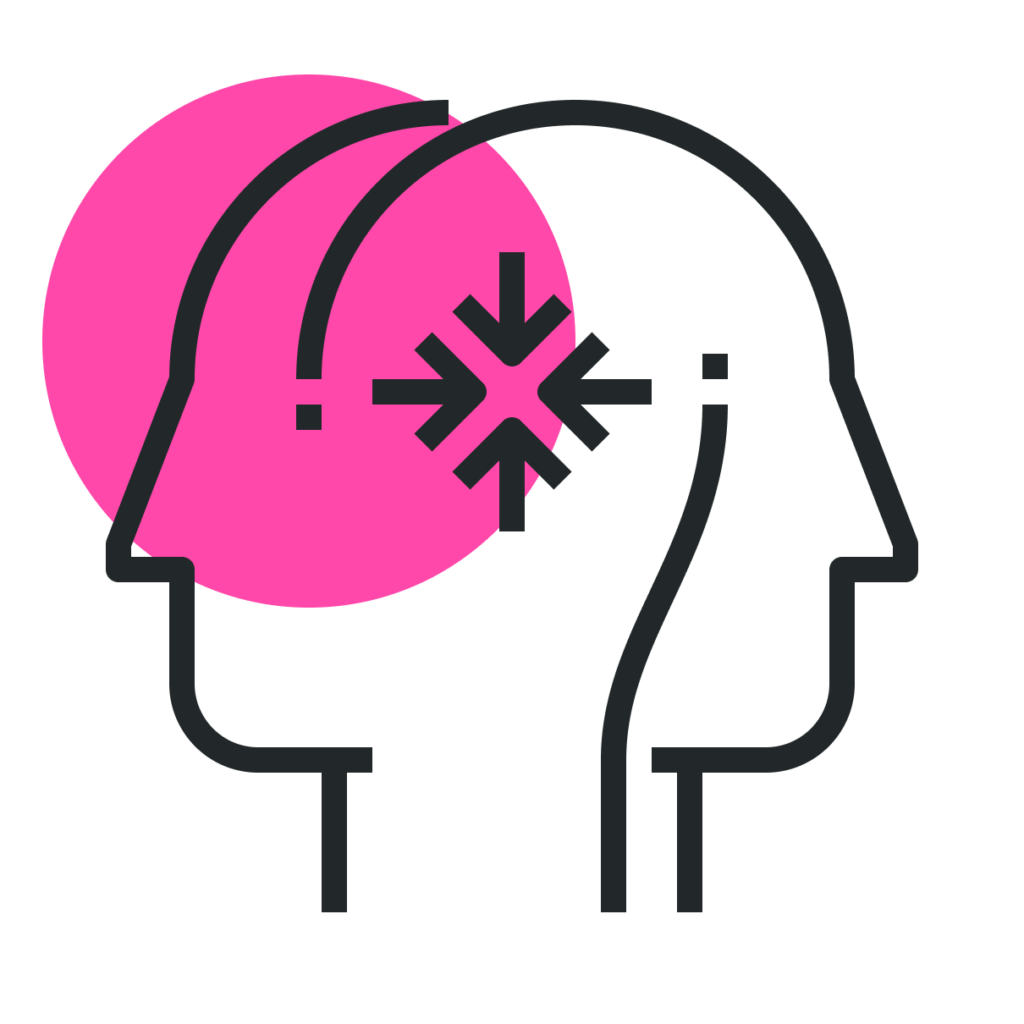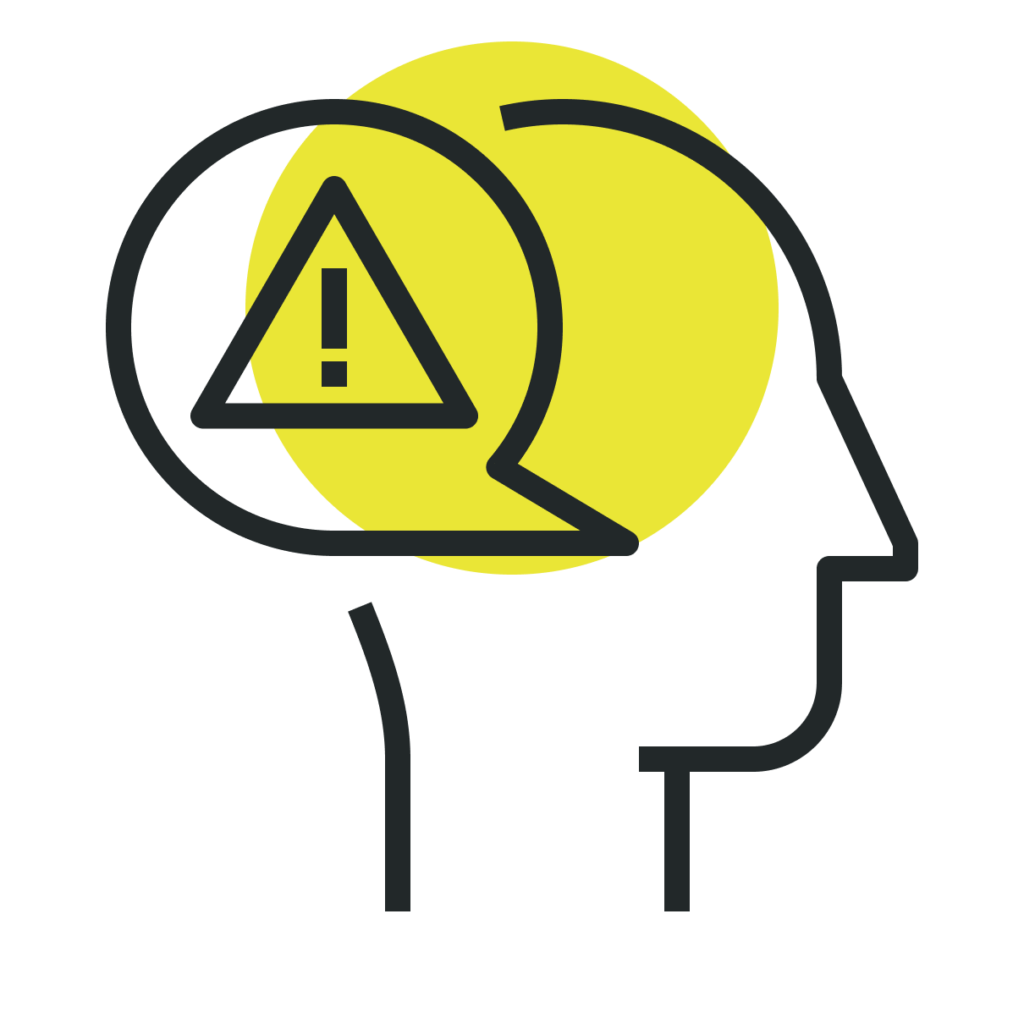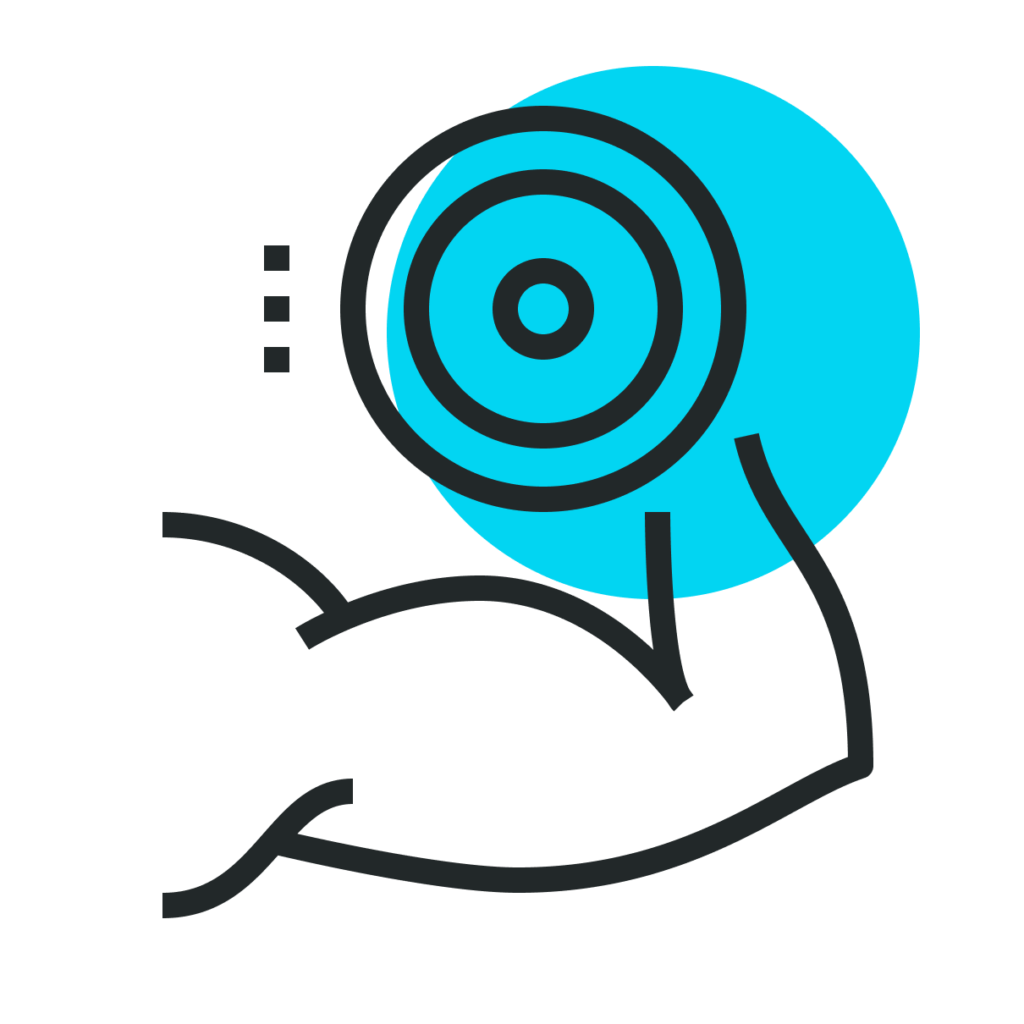The concept of naive cynicism is rooted in the broader study of social psychology—how we understand and interpret the actions and intentions of others. At first, researchers focused on how people attribute causes to behaviors, leading to the identification of biases like the fundamental attribution error. This bias highlights our tendency to blame people’s actions on their character rather than external circumstances.
Naive cynicism was coined in a 1999 research paper by psychologists Justin Kruger and Thomas Gilovich. In their studies, participants believed that others were biased toward their interests, but participants believed they would not exhibit this bias themselves.
Much has been written about how this can affect user behavior, but I think it’s worth discussing this bias as it relates to team dynamics.
It can affect everything from communication and trust to decision-making and overall outcomes. In a team setting, if members assume others are acting out of self-interest or have hidden agendas, it can create a breeding ground for mistrust and conflict.
For instance, during planning, a team member who proposes a cautious approach might be seen as trying to avoid work, rather than genuinely concerned about the project’s feasibility. Similarly, when a team celebrates success, naive cynicism might lead some to believe certain members are taking undue credit or exaggerating their contributions.
In critiques, naive cynicism can cause team members to dismiss constructive criticism. They might interpret it as jealousy or sabotage, rather than as an effort to help them improve.
This bias is rather prescient today with the ongoing conflict between Product Managers and UX Designers. We tend to blame the other party and point fingers, assuming malicious intent. Our colleagues are generally motivated by the same things we are. Sure, some people are self-serving, but most of us are not.
🎯 Here are some key takeaways:
Challenge your initial perceptions
Acknowledging that our first instinct might be colored by cynicism allows us to reconsider and better understand the actions of our team.
Get to know your team
We’re less likely to assume malintent when we know the other party well. Use your 1:1s with your team and the first few minutes of meetings to get to know your team on a more personal level to build trust.
Always assume positive intent
This approach can prevent the negative spiral of mistrust and cynicism, promoting a more supportive team atmosphere.
Practice active listening
Encourage the team to engage in active listening during discussions and meetings. This helps ensure that all viewpoints are heard and considered, reducing the likelihood of misunderstandings.
Foster a culture of trust and openness
Create an environment where team members feel safe to express their thoughts and ideas without fear of being judged cynically. Regular team-building activities and open discussions can strengthen bonds and reduce the impact of naive cynicism.
📚 Keep exploring
To dive deeper into the topic of Naïve Cynicism and its implications for decision-making, check out these resources:



